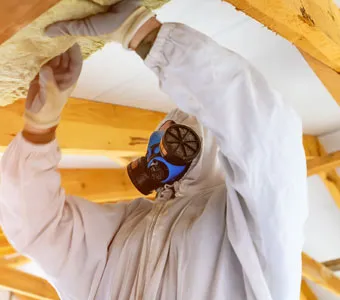Understanding the risks of asbestos in the automotive industry
As we have mentioned in previous blogs, the use of asbestos in products is not completely banned in the United States. Many parts and materials that contain asbestos continue to be used in products that people come into contact with regularly.
For example, automotive workers may find themselves handling asbestos much more regularly than workers in other industries. This is because asbestos is still used in motor vehicle parts. Even though use of asbestos is declining, the risk of exposure to airborne fibers is still a very real and very harmful possibility for any person who works in automotive repair or manufacturing.
Automotive workers should be made aware of the dangers of asbestos, as well as the appropriate measure that must be taken to minimize or avoid toxic exposure, in accordance with information provided by the Occupational Safety & Health Administration.
When it comes to asbestos and the automotive industry, OSHA notes that the fiber has been used and continues to be used in parts including brakes and clutches and it requires that employers and employees comply with safe handling practices when working with these products. This includes adhering to practices that control asbestos dust and properly disposing of contaminated products.
While OSHA can fine companies for asbestos violations in the workplace, those fines do not directly help or impact the victims who have already been exposed to asbestos. Even though fines may be effective at preventing future incidences of toxic exposure, they cannot turn back time and keep a person from being exposed. This is why many workers choose to pursue a personal injury claim against a product manufacturer or workers’ compensation to help cover the expenses associated with asbestos and asbestos-related illnesses.
We explored the use of asbestos in the automotive industry more thoroughly in this article on our website, and we encourage readers who want to learn more about this topic to read that article.






